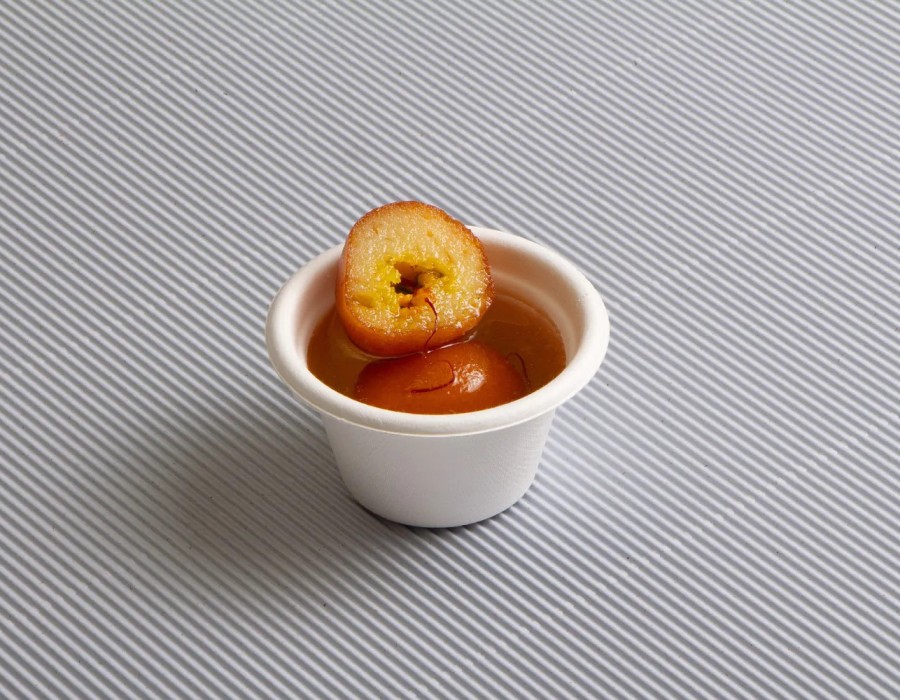Introduction
As sustainability becomes a priority for governments, businesses, and consumers, the search for eco-friendly alternatives to conventional packaging continues to grow. Among the most innovative solutions is the rise of sugarcane bowls, a biodegradable and compostable alternative to plastic and Styrofoam containers. Derived from sugarcane fiber, or bagasse, these bowls not only serve practical purposes in the food industry but also contribute significantly to meeting global sustainability targets. This blog explores how sugarcane bowls align with global sustainability goals and help address some of the most pressing environmental challenges.
Reducing Plastic Waste in Line with Global Targets
One of the key global sustainability goals is the reduction of plastic pollution. According to the United Nations' Sustainable Development Goals (SDGs), specifically Goal 12, which focuses on responsible consumption and production, reducing plastic waste is crucial for minimizing environmental damage. Sugarcane bowls offer a practical solution to this problem by replacing single-use plastics with biodegradable materials. Unlike plastic containers that take hundreds of years to decompose, sugarcane bowls break down naturally within months, significantly reducing the amount of waste that ends up in landfills and oceans. By adopting sugarcane bowls, businesses and consumers can play an active role in tackling plastic pollution and advancing global sustainability efforts.
Supporting the Circular Economy
The circular economy is an integral part of the global shift toward sustainability, emphasizing the reuse, recycling, and composting of materials to create a closed-loop system. Sugarcane bowls fit seamlessly into this model. As they are made from agricultural byproducts (sugarcane fiber left after juice extraction), their production supports the idea of repurposing waste materials. Moreover, their compostable nature means that they can be returned to the earth as nutrient-rich compost, thus completing the cycle. This aligns with sustainability goals aimed at promoting a circular economy and reducing reliance on finite resources.
Reducing Greenhouse Gas Emissions
Another major component of global sustainability goals, particularly those outlined in the Paris Agreement, is the reduction of greenhouse gas emissions to combat climate change. Sugarcane bowls help contribute to this effort by having a lower carbon footprint compared to plastic or Styrofoam production. The manufacturing process for sugarcane bowls consumes less energy and generates fewer emissions, as they are produced from renewable agricultural waste. Additionally, their compostability helps divert waste from landfills, where decomposing organic materials would otherwise release methane, a potent greenhouse gas. By replacing traditional packaging materials with sugarcane bowls, businesses can help reduce their carbon footprint and support global climate action goals.
Meeting Consumer Demand for Sustainable Products
In line with global sustainability goals, consumers are increasingly demanding eco-friendly products and packaging. Businesses that adopt sugarcane bowls are not only reducing their environmental impact but also aligning themselves with the preferences of a growing eco-conscious customer base. This shift toward sustainable practices can enhance brand reputation and foster customer loyalty. Furthermore, as governments worldwide implement stricter regulations on single-use plastics, adopting sugarcane bowls allows businesses to stay ahead of compliance while contributing to broader environmental targets.
Conclusion: A Pathway to a Greener Future
In conclusion, sugarcane bowls are more than just an eco-friendly packaging solution—they are a crucial tool in advancing global sustainability goals. From reducing plastic waste and supporting the circular economy to minimizing greenhouse gas emissions, these bowls offer tangible benefits that align with international environmental targets. As the world continues to prioritize sustainability, adopting sugarcane bowls in the foodservice industry can play a pivotal role in creating a greener, more sustainable future.





Comments